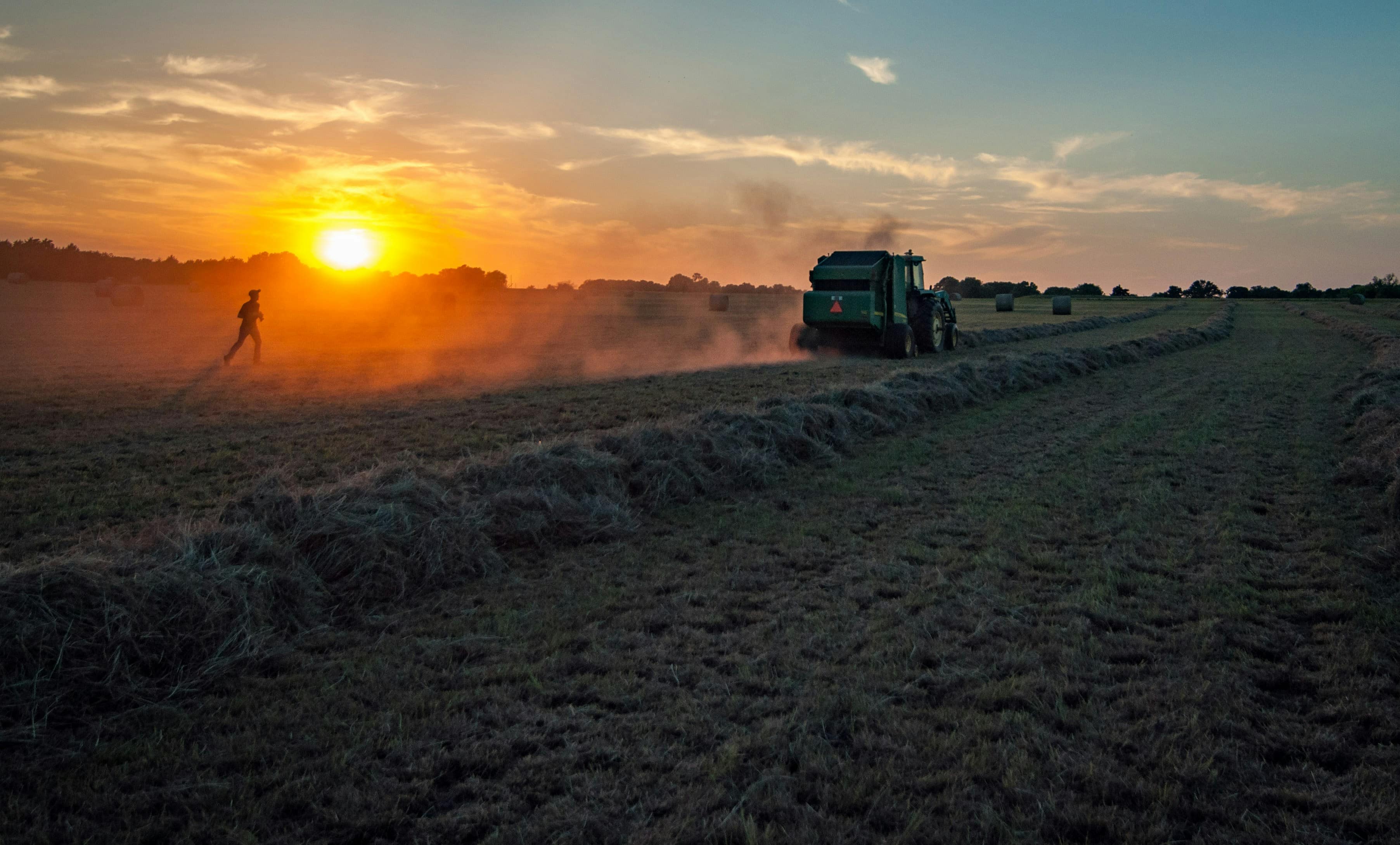Key Takeaways:
- Farmers worldwide are prioritizing productivity in response to rising input prices and extreme weather events.
- Agtech solutions, sustainable practices, and biological products are key strategies for improving farm efficiency.
- The top risks to profitability include input prices, extreme weather, and volatile commodity prices.
- North America and Latin America lead in agtech adoption, while sustainability practices are growing globally.
McKinsey's Global Farmer Survey Insights
A recent McKinsey report, based on a survey of 4,400 farmers across Europe, North America, Latin America, and India, reveals that productivity is a top priority for farmers facing challenges such as rising input costs and increasing extreme weather events. These challenges, along with commodity price volatility, have made operational efficiency critical for modern farmers. As a result, agtech, biological products, and sustainable farming practices are seen as essential strategies to navigate these issues.
Despite a decrease in certain input costs, such as fertilizers and crop protection ingredients, farmers continue to perceive a rise in overall expenses. Fertilizer prices, in particular, remain a major concern, with 48 percent of farmers identifying input price inflation as the primary risk to profitability, followed closely by the impact of extreme weather.
Regional Profit Outlook
The McKinsey survey shows a varied economic outlook for farmers depending on the region. In North America and Europe, most farmers expect lower profits over the next two years, with 64 percent of North American farmers anticipating declines. Meanwhile, farmers in India and Latin America remain optimistic, with more than half predicting improved profits, largely driven by favorable commodity prices and export growth, particularly for crops like corn in Brazil and rice in India.
Extreme weather events, such as droughts and floods driven by climate phenomena like El Niño, have emerged as significant concerns for farmers in Europe and Latin America, where it now ranks as the top risk. This shift has prompted greater investment in insurance and preparation for geographic changes in land use.
Technology and Sustainability Adoption
Agtech adoption continues to grow, with North America leading in digital agronomy and precision agriculture solutions. Larger farms, especially in the U.S. and Brazil, are more likely to adopt these technologies due to the greater return on investment (ROI). Meanwhile, sustainable practices such as crop rotations, reduced tillage, and variable rate fertilization are being adopted globally, with Latin American and Indian farmers showing increasing interest in biological products for enhancing soil health and pest management.
Despite growing interest in sustainability, adoption of carbon programs remains low, with only 12 percent of farmers participating, according to McKinsey's report. However, the demand for sustainability-driven solutions continues to rise as farmers look for ways to improve yields while reducing input costs.
Seizing Opportunities
The McKinsey report suggests that organizations working with farmers have opportunities to provide more tailored solutions that address specific regional challenges. By offering products and services that align with farmers’ needs for productivity and sustainability, and by strengthening relationships with distribution channels, these organizations can help farmers adopt new technologies and practices that support long-term profitability. Clear ROI data and innovative risk management solutions, such as insurance and hedging products, will be critical in supporting farmers through ongoing macroeconomic and environmental challenges.
Read the complete report here.


